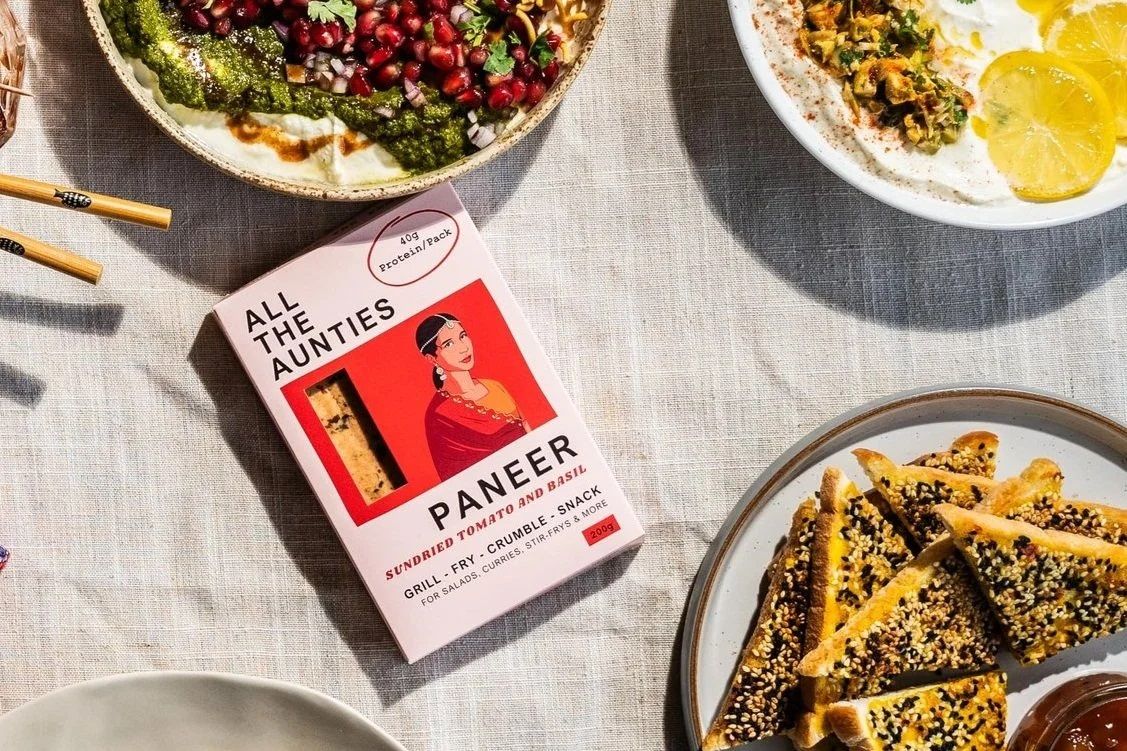Packaging for startups: How emerging F&B brands can get retail ready

IFE Manufacturing shares practical packaging advice for food and drink startups entering retail: design compliant, sustainable labels that stand out on shelf while meeting UK regulations on allergens, nutrition and recycling.
For any new food or drink brand, packaging is more than a container: it’s a compliance requirement, a marketing tool, and a sustainability statement. Getting it right early avoids costly reprints and regulatory setbacks once you hit retail shelves.
Labelling: Start with compliance
Every pack must meet UK labelling regulations. Include the product name, full ingredient list, allergens clearly highlighted, net quantity, date mark, storage instructions if needed, and your business name and address. Nutrition information is mandatory for most prepacked foods, and any claims such as “low sugar” or “high in protein” must meet strict definitions.
Be precise with allergen handling. Avoid vague “may contain” phrases unless supported by risk assessments, and keep your documentation ready in case of inspection. Always distinguish between “use-by” (safety) and “best-before” (quality) dates to help consumers reduce waste. The Food Standards Agency and WRAP both publish accessible guides on these rules.
Design: Clarity beats complexity
At retail distance, clarity wins. The front of your pack should instantly communicate what the product is, who makes it, and why it’s worth picking up. Limit colour palettes and use strong contrast for readability. Photograph or digitally mock your pack on a typical shelf to test visibility and consistency in multi-packs.
Design choices also affect logistics: barcodes need a flat, scannable area; labels must survive temperature changes during distribution; and the shape should suit standard retail facings. Practical, simple design supports both consumer understanding and retailer operations.
Sustainability: Avoid vague claims
Sustainability is now a baseline expectation, but unverified claims can backfire. Choose single-material formats where possible to aid recycling, and ask suppliers for certificates or recycled-content data. If you use compostable materials, check whether local waste systems can actually process them—many can’t. Claims like “eco-friendly” or “biodegradable” are too general to be compliant under UK advertising standards.
Alexandros Papakostas, Founder of tea brand Krocus & Co, says: "Your packaging is your first conversation with the customer, it should tell your story clearly, honestly and at a glance. For us at Krocus & Co., design and function go hand in hand: our recyclable pouches balance beauty with practicality and reflect our belief that small daily rituals can make a big impact."
You should also prepare for Extended Producer Responsibility (EPR), which makes brands partly responsible for end-of-life packaging costs. Check whether you need to register and start collecting your packaging data early, even at small scale. The government’s guidance explains thresholds and timelines.
Balancing cost, compliance and brand
Good packaging supports your brand’s values while keeping you compliant and cost-effective. Test how your design performs on shelf, how it protects the product, and how it will be disposed of. Build sustainability into your cost model—recyclable or mono-material options can cost more per unit but reduce future compliance risk and appeal to retailers. Above all, keep documentation in order: a single, master labelling sheet for every SKU can prevent confusion when updating artwork or ingredient lists.
To stay up to date with all the latest news, interviews and industry trends from IFE Manufacturing, subscribe to our newsletter.
)
)
)
)
)
)
)
)
)
)
)
)
)
)
)
)
)
)
)
)
)
)
)
)
)